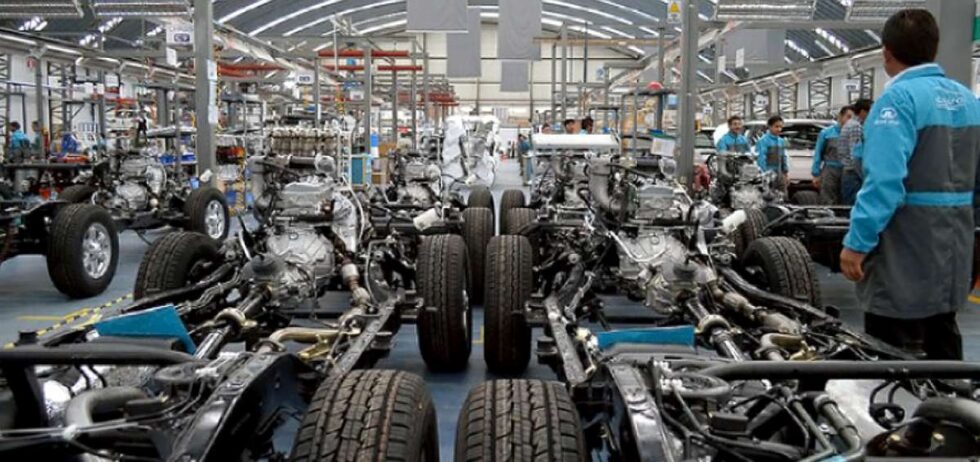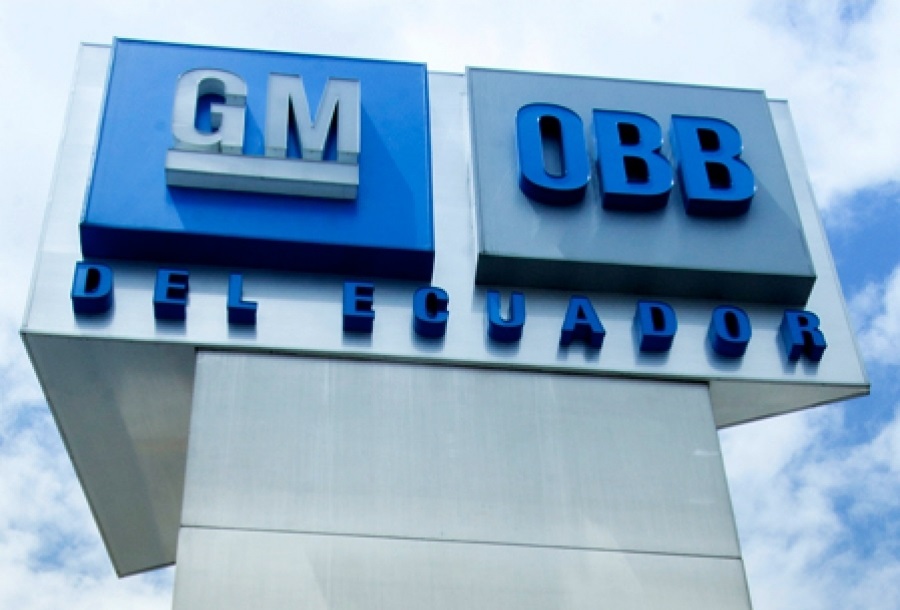You think you know about bananas? Wait until you read this!
Bananas are some of the world’s most convenient health food. They come in their own little snug jacket, protected from the elements, ready-to-eat whenever you are. When they’re just ripe, they’re firm and mellow, but let them age a bit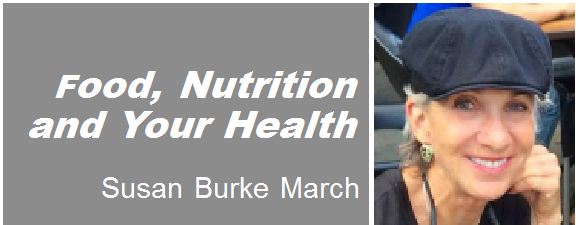 and they turn sweet and silky. Full of vitamins and minerals, bananas fit into any balanced diet.
and they turn sweet and silky. Full of vitamins and minerals, bananas fit into any balanced diet.
Let’s see how much you know about bananas!
Question: There are how many varieties of bananas?
100
400
600
1000
Answer: 1000. Scientists have identified more than 1000 different types of banana plants around the world, but only about 400 are edible.
Question: Bananas are a fruit. True or False?
True! But… ? Even though bananas grow on “trees,” they’re more closely related to herbs, and grow on succulent stems, not wooden ones. Bananas are “the world’s biggest berries growing on the world’s tallest herb.” Banana plants grow to nearly 3.5 meters tall (11.5 feet), lack woody trunks, and instead of branches, the huge, broad leaves unfurl from the top, where a cluster of flowers grow into “fingers” of fruit. It takes about 9 months for a plant to grow and flower.
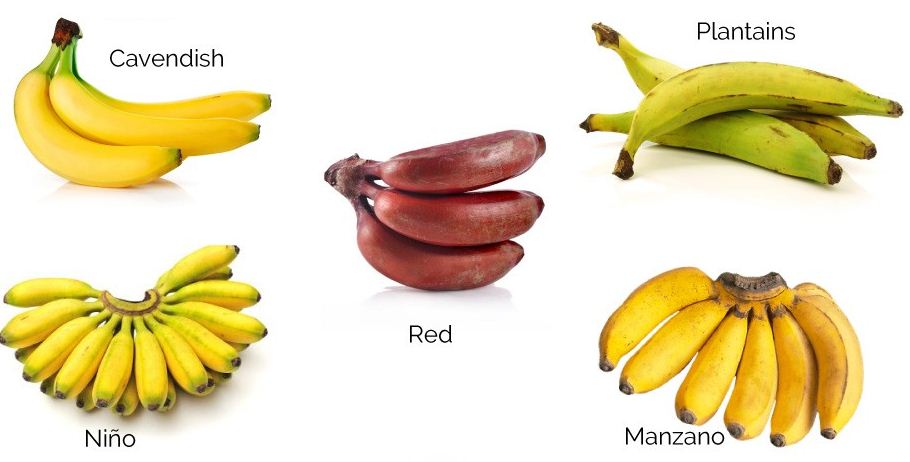 Question: By country, the largest banana exporter is:
Question: By country, the largest banana exporter is:
Colombia
Belgium
Ecuador
India
Answer: Ecuador, by far! Ecuador is first in banana exports, with 26.5% of the world total, more than US $2.8 billion. Belgium, of course, doesn’t grow their own bananas, but they’re very busy re-exporting bananas all around Europe. India produces the most bananas, more than 29.82 million tones. Ecuador ranks 5th in production, 8.24 million tones.
Question: The most widely grown banana is called:
Apple
Cavendish
Golden Beauty
Gros Michel
Answer: Cavendish is the main variety of banana exported around the world. Since the 1950s, these cultivars have been the most internationally traded bananas, replacing the Gros Michel banana after crops of the latter were devastated by Panama disease.
Question: The banana and the plantain are both members of the same botanical family: True or False?
Answer: True! A plantain, plátano verde, also known in English as a ‘cooking plantain’, is one of the less sweet cultivated varieties (cultivars) of the genus Musa whose fruit is also known as a banana. When raw, it’s inedible, when ripe, the plátano maduro is excellent baked. A favorite Ecuadorian treat is a baked plátano stuffed with white queso.

Question: Bananas are a good source of:
Potassium
Manganese
Fiber
Vitamin B6
Answer: All of the above! Bananas are a good source of all nutrients listed, including about 12% of your daily requirement for potassium and fiber, 14% of vitamin C, 16% of manganese, and 25% of vitamin B6. All this for about 105 calories in one medium banana — and zero fat, zero cholesterol, and zero sodium.
Question: Are banana peels edible or poisonous?
Answer: Depends! In some parts of the world the peel is often eaten, but banana expert Dan Koeppel, author of “Banana: The Fate of the Fruit That Changed the World” opines that even most monkeys peel bananas before eating them. And there’s scant science that backs up claims for nutritional benefits of eating banana peels. In fact, peels are bitter, chewy, and you’d have to puree them before you could digest them. Oh, and if they’re not organically grown, they could carry pesticides difficult to remove before washing. By the way, organic or not, always wash your fruits and vegetables before eating, even those you’re peeling, including bananas.
Banana History
According to the World’s Healthiest Foods, bananas are thought to have originated in Malaysia around 4,000 years ago. From there, they spread throughout the Philippines and India, where in 327 B.C. Alexander the Great’s army recorded them being grown.
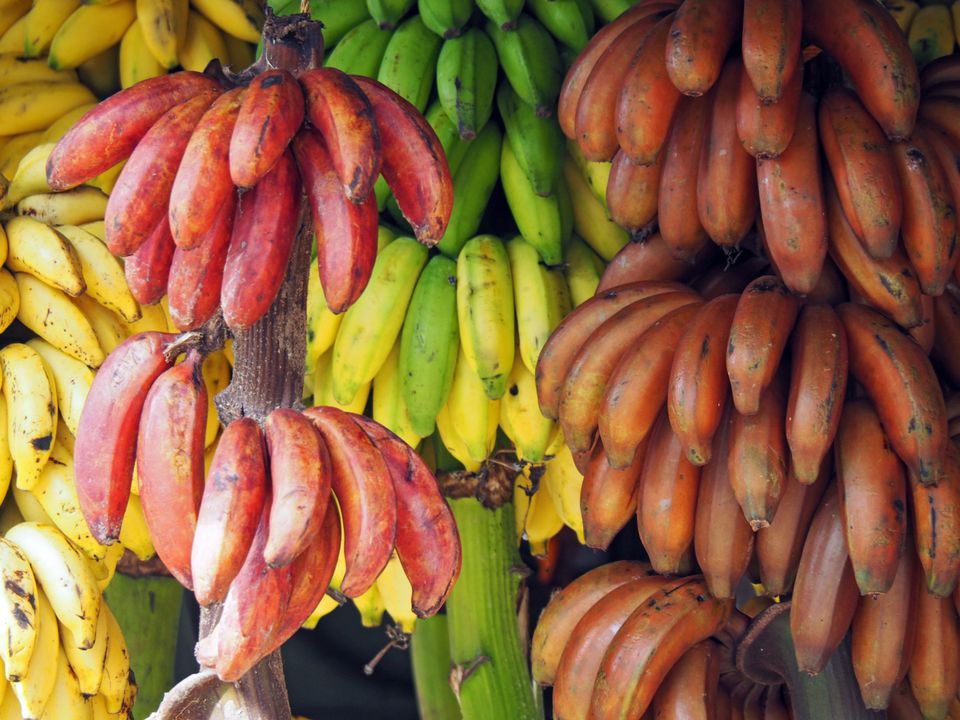 Introduced to Africa by Arabian traders, in 1482 A.D. Portuguese explorers took bananas to the Americas, where the majority of bananas are now produced.
Introduced to Africa by Arabian traders, in 1482 A.D. Portuguese explorers took bananas to the Americas, where the majority of bananas are now produced.
Bananas finally reached the North American continent in the late 19th century, and even then only the coastal people could enjoy them, due to the fruit’s fragility. With the development of refrigeration and rapid transport in the 20th century, bananas have become widely available. Today, bananas grow in most tropical and subtropical regions with the main commercial producers including Ecuador, Costa Rica, Mexico, and Brazil.
Banana Health
Did you think that bananas are “fattening?” That’s really old news, and probably a misinterpretation of banana’s sweetness and silky characteristics.
Firm bananas are uniquely effective in helping manage your weight! A banana that is just-ripe and not soft is a good source of resistant starch, made of long chains of glucose, resistant to digestion. Resistant starch is linked to improved insulin sensitivity and lower blood glucose, as well as satiety, which makes firm bananas great for helping you feel full without excess calories. Best of all, resistant starch is good “food” for healthy gut bacteria, also linked to health and better weight outcomes.

Plantano con queso
As mentioned, a medium banana has only 105 calories, 30 grams of carbohydrate, and three grams of fiber, including one gram of the unique soluble fiber, pectin. As the banana ripens, the pectin becomes more water-soluble and moderates the impact on blood sugar. A banana also has about 1 gram of protein.
Storing ripened bananas in the refrigerator helps to maintain the resistant starch. Refrigerated, the peel will turn black, but the fruit will remain firm, and refrigeration doesn’t affect the flavor. Ripen bananas (for baking, or for ice cream) or to ripen your green bananas, put them in a paper bag with an apple, and the apple’s natural ethylene gas will hasten the process.
Say you buy a big bunch and they’re getting too ripe? Freeze them! Frozen bananas are great in smoothies, or added to hot cereals or as an ingredient in breads or cookies. Give them a squeeze of fresh lime juice to prevent discoloration.
Plátanos Rojos!
My favorite banana by far is the plátano rojo, red bananas! They’re silky, dense, shorter and thicker than the slim, long Cavendish. They taste creamier and nuttier. Yes, they’re slightly higher in calories and fructose (fruit sugar) than the yellow Cavendish, but they’re that much more satisfying.
Baby Bananas?
Another favorite is the orito, a small, creamy cousin, sometimes called the “niño” or baby banana. Not quite as creamy as the rojo, they’re still more flavorful than the Cavendish, to my taste.
What’s your favorite banana variety? Want to share a recipe? Feel free to post in the comments below.
Sources
PositiveHealthWellness.com. An All-in-One Nutritional Guide to Bananas
https://www.positivehealthwellness.com/diet-nutrition/one-nutritional-guide-bananas/
AuthorityNutrition.com. Resistant Starch 101— Everything You Need To Know. https://authoritynutrition.com/resistant-starch-101/
Food & Agriculture Organization of the United Nations. Banana varieties resistant to fungus are identified using mutation induction. http://www.fao.org/in-action/banana-varieties-resistant-to-fungus-are-identified-using-mutation-induction/en/
Green Earth Publishing. Banana Plants. Dwarf red. http://www.banana-plants.com/Dwarf-Red.html
Science News For Students. Saving the Banana. https://www.sciencenewsforstudents.org/article/saving-banana
The World’s Healthiest Foods. Bananas. http://www.whfoods.com/genpage.php?tname=foodspice&dbid=7
Wikipedia. List of banana cultivars. https://en.wikipedia.org/wiki/List_of_banana_cultivars
















